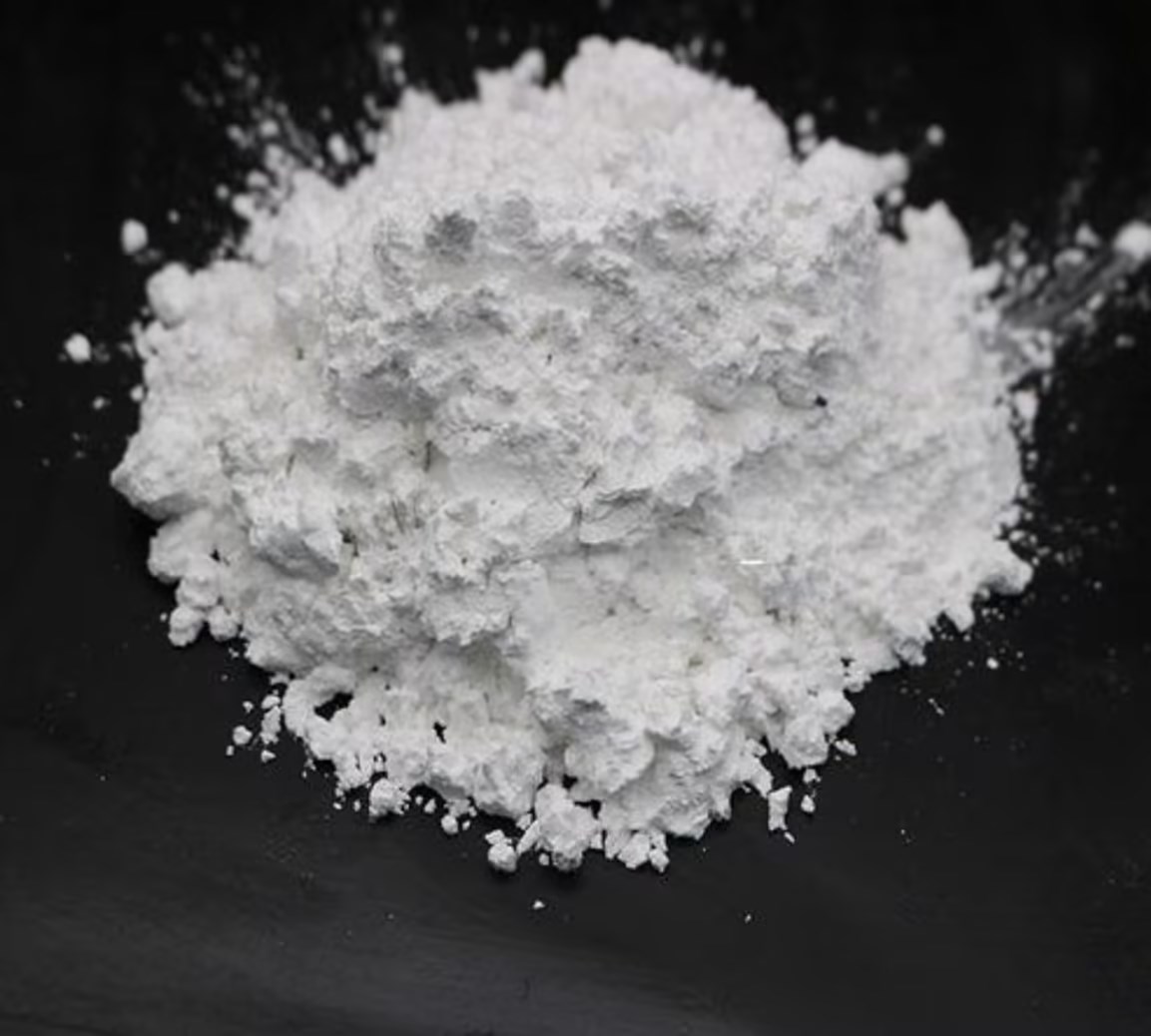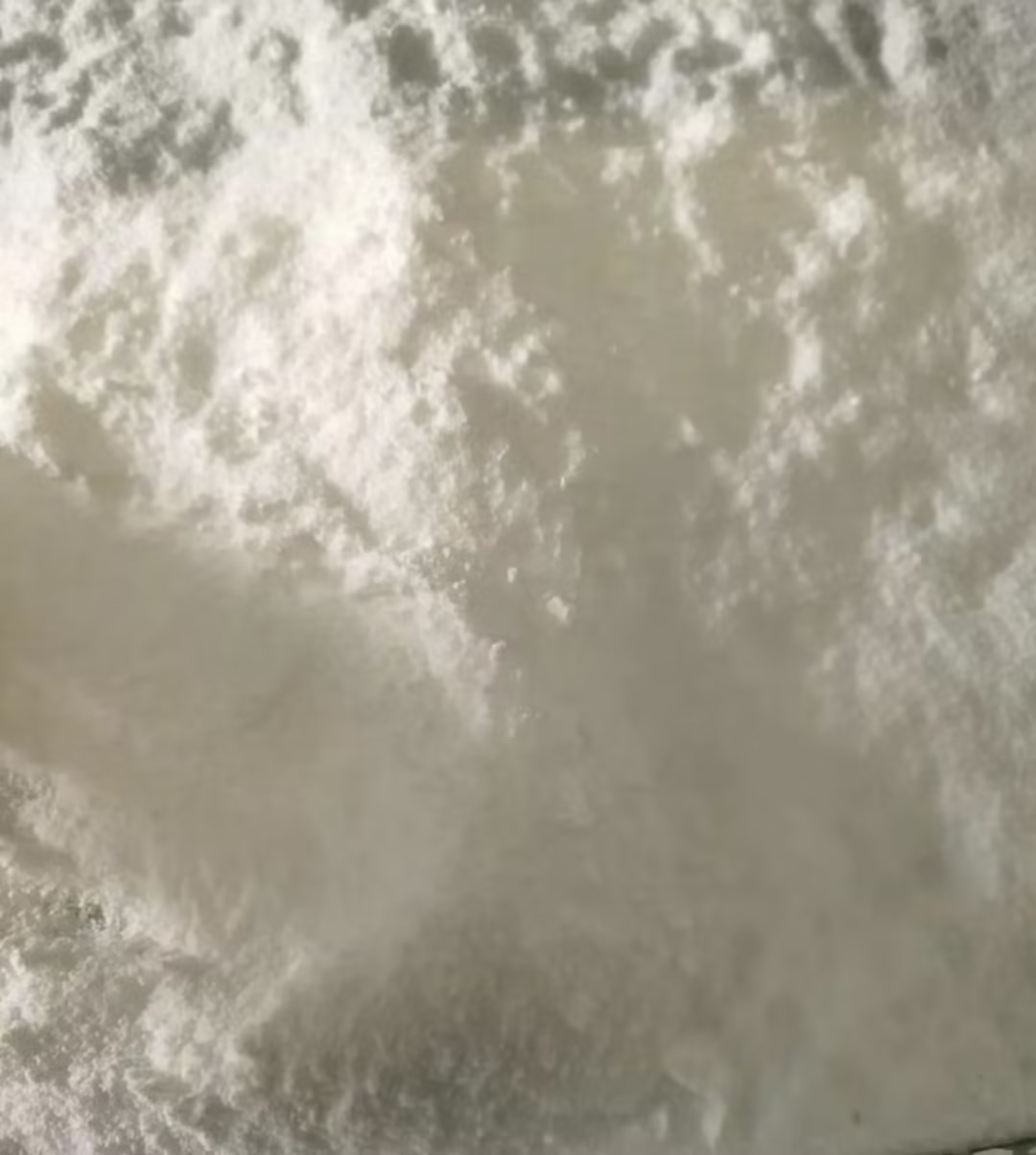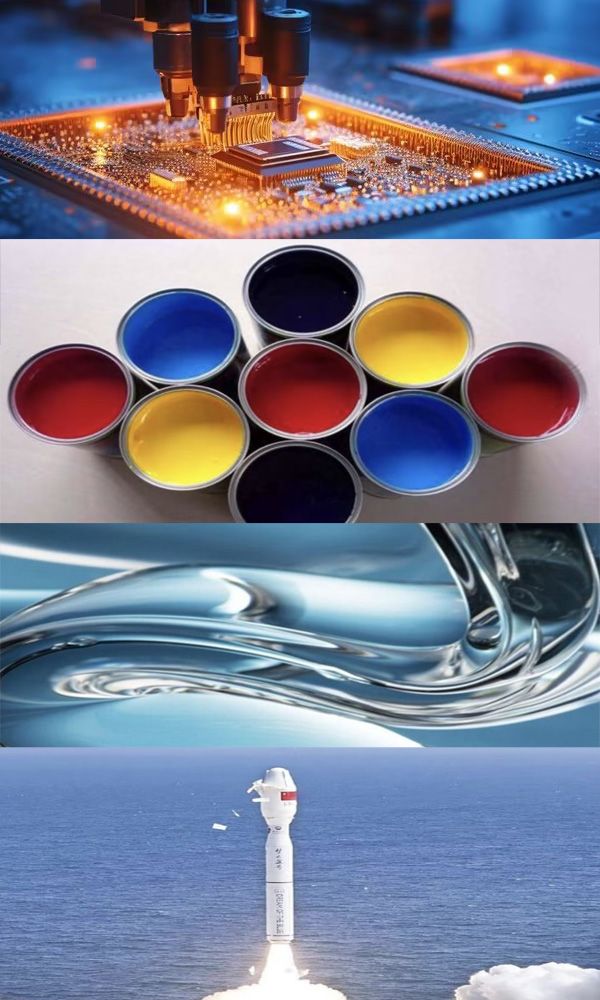Exploration of Property Differences and Application Fields between Hydrophilic Silica and Hydrophobic Silica
product link:
https://www.iotasilica.com/product-fumed-silica-iota-hb4135.html
In the vast field of materials science, silicon dioxide, as an important inorganic material, plays an irreplaceable role in multiple industries due to its unique physical and chemical properties. Among them, hydrophilic silica and hydrophobic silica exhibit significant differences in their application fields due to their different surface properties. This article will delve into the differences between these two materials and their applications in various fields.
 1、 Surface properties and preparation process
1、 Surface properties and preparation process
Hydrophilic silica usually refers to gas-phase silica that has not been treated with any chemical reagents. Its surface retains a large number of hydroxyl groups, thus exhibiting strong hydrophilicity, which can be wetted by water and dispersed in water. In contrast, hydrophobic silica is obtained through a specific chemical treatment process. During this process, hydrophilic silica reacts chemically with active silane (such as chlorosilane, hexamethyldisilazane, etc.), causing the hydroxyl groups on the surface of silica to react or shield, resulting in hydrophobicity. Hydrophobic silica cannot be wetted or dispersed in water, but they can float on the surface of the water.
 2、 Physical properties and chemical stability
2、 Physical properties and chemical stability
There are significant differences in physical properties and chemical stability between hydrophilic silica and hydrophobic silica. The particle size of hydrophilic silica is relatively small, with native particle sizes typically between 7-20 nanometers, while the particle size of hydrophobic silica is relatively larger. In addition, hydrophobic silica has low moisture absorption and is not easily hygroscopic, which makes it more stable in humid environments.
3、 Application Fields and Market Demand
Hydrophilic silica is widely used in various industries such as coatings, paints, adhesives, sealants, unsaturated polyesters, films, inks, silicone rubber, cosmetics, pharmaceuticals, elastomers, food, and powders due to its excellent hydrophilicity and dispersibility. Especially in aqueous systems, hydrophilic silica can exhibit excellent rheological control and reinforcement effects.
Hydrophobic silica, due to its unique hydrophobic, lipophilic and non-polar characteristics, has shown unique advantages in the room temperature vulcanized silicone rubber, adhesives and sealants, coatings, inks, powder coatings, liquid silicone rubber, silicone defoamer, printing toner, toner, vinyl ester resin, lubricating oil, cable gel and other industries. The low hygroscopicity and good dispersibility of hydrophobic silica make it excellent in rheological regulation and anti-corrosion of polar systems.
 4、 Price and Market Trends
4、 Price and Market Trends
It is worth noting that the production process of hydrophobic silica is relatively complex, resulting in its price usually being several times higher than that of hydrophilic silica. However, with the advancement of technology and the continuous expansion of the market, the application areas of hydrophobic silica are constantly expanding, and market demand is also growing. It is expected that in the coming years, with the rapid development of the new materials industry, the market size of hydrophilic silica and hydrophobic silica will further expand.
 5、 Conclusion
5、 Conclusion
In summary, hydrophilic silica and hydrophobic silica have significant differences in surface properties, physical characteristics, chemical stability, and application areas. These differences make these two materials play an irreplaceable role in their respective fields of expertise. In the future, with the advancement of technology and the continuous expansion of the market, the application fields of hydrophilic silica and hydrophobic silica will be further expanded, injecting new vitality into the development of the new materials industry. At the same time, we also look forward to developing more silica materials with special properties and application value through the efforts of researchers, making greater contributions to the progress of human society.



